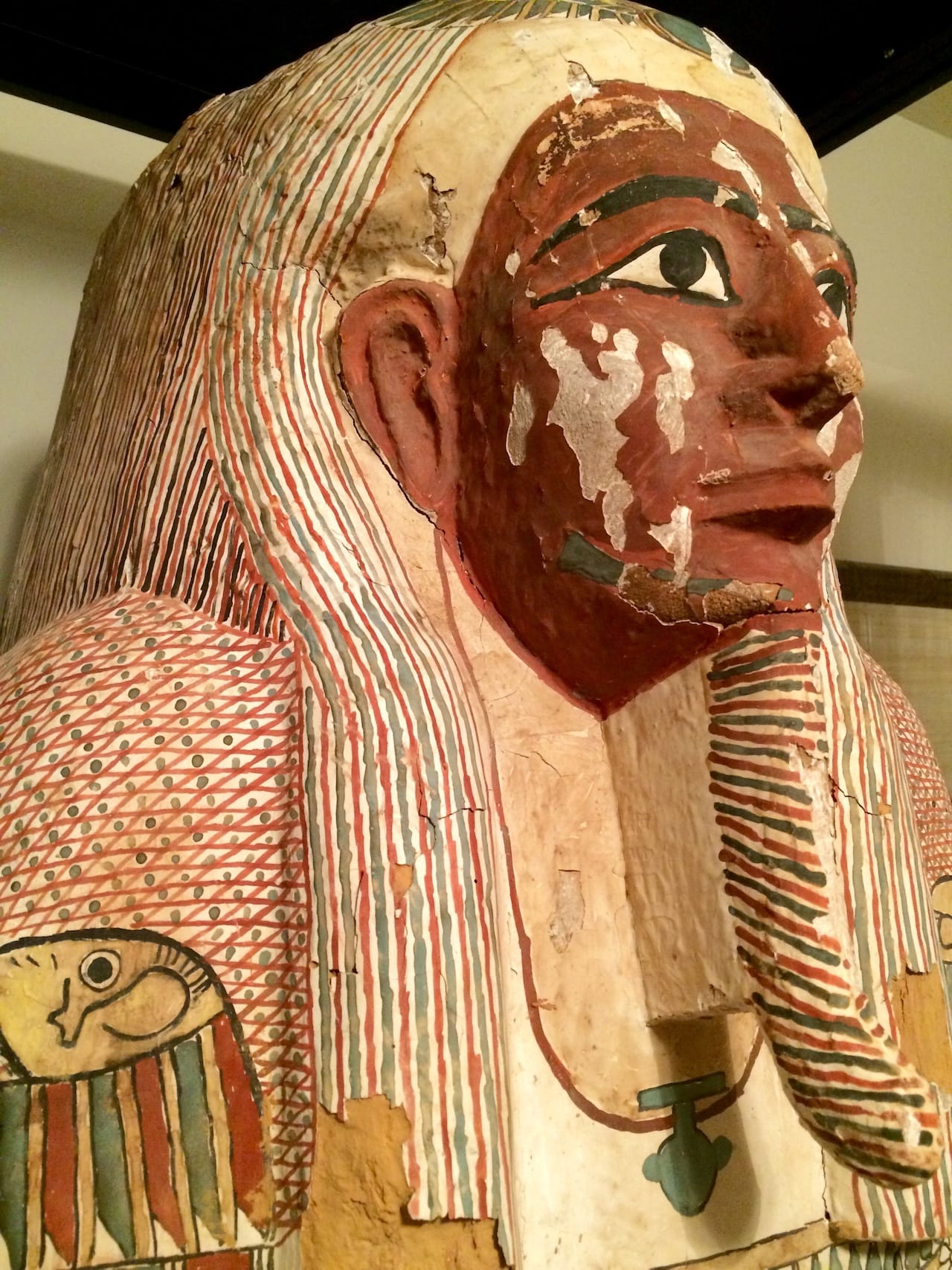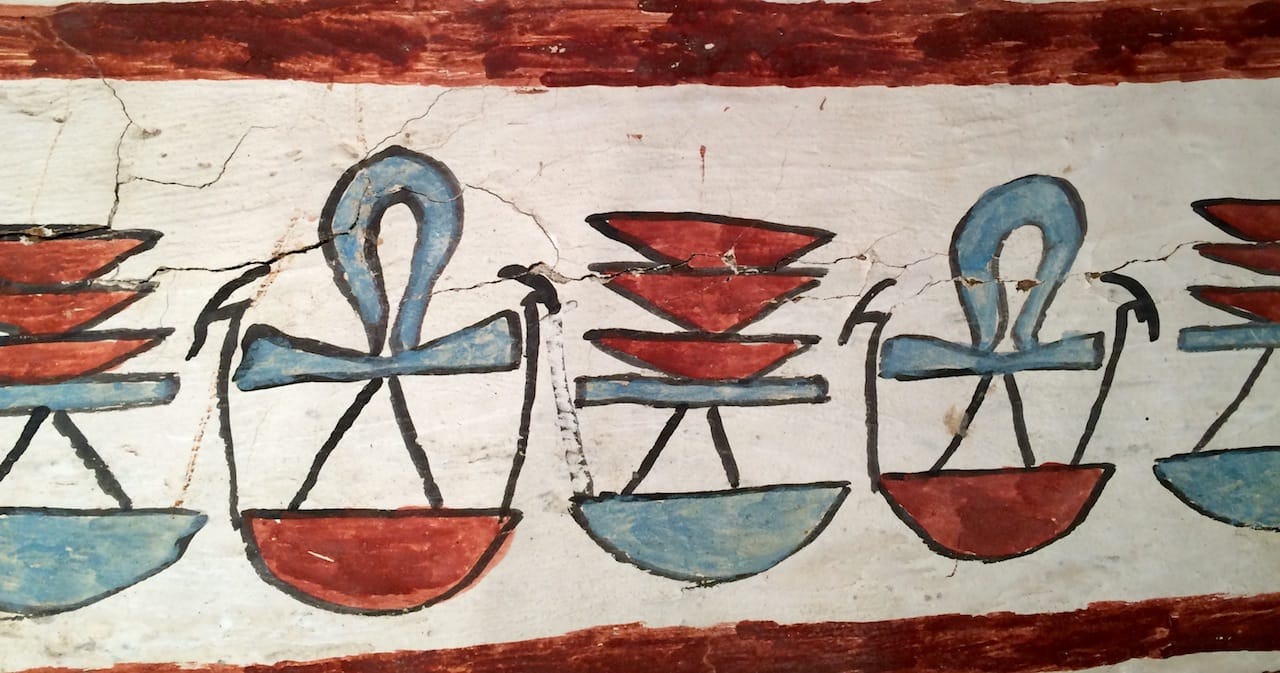Weird Funerary Drawings Point to Troubled Period in Egyptian Art
After Egypt was conquered by Persia in 525 BCE, many of its beloved tomb painters were scattered across the empire.

After Egypt was conquered by Persia in 525 BCE, many of its beloved tomb painters were scattered across the empire. Outside their homeland, the craft they’d cultivated for centuries floundered as there were fewer and fewer skilled artisans to train them. But they kept it up, producing works that, in some cases, were a bit unusual.
New research by the respected Egyptologist Gayle Gibson illuminates this little-known and troubled chapter of Egyptian art. Last month at the Society for the Study of Egyptian Antiquities Scholars’ Colloquium, she unveiled her analysis of an obscure, 2,400-year-old sarcophagus from the period, Live Science reported.

The coffin first came to Gibson’s attention after being acquired through the New Jersey-based Edgar L. Owen gallery by private collector Mike Sigler last year. He showed it to Gibson, an educator at Toronto’s Royal Ontario Museum, hoping she might offer some insight on its abnormalities.
Gibson originally assumed it was fake — the coffin’s history on paper can only be traced back to 1980, when it was acquired by a collector in Europe. But radiocarbon testing soon dated it to the period following Persia’s invasion of Egypt, and an analysis of paint on the coffin found Egyptian blue pigment, another indication of authenticity. “I think there is really no doubt that this one is genuine,” she said.
The sycamore wood sarcophagus was once inhabited by Denit-ast, or Dent-ast, possibly a woman. In what Gibson called a “remarkably weird” funeral scene on the coffin’s torso, the deceased lies on a bed that has the head of a bird — something the scholar said she’s never seen before. Above the bed flies what looks like a winged snake — also “very odd.” Beneath it, four “goofy” jars are meant to represent the four sons of Horus.
The artist continued his assault on the sarcophagus with two badly executed drawings of fish-like falcons (representing the ancient god Horus) that appear on its collar. At the sarcophagus’s bottom, a protective snake deity wriggles, stopping and starting at several points. There are even areas where the artists resorted to scratching out pigment to correct their mistakes.
“A friend of mine compared [the drawings] to The Far Side cartoons,” Sigler told Hyperallergic via email. Invasion, it seems, can do funny things to art.






